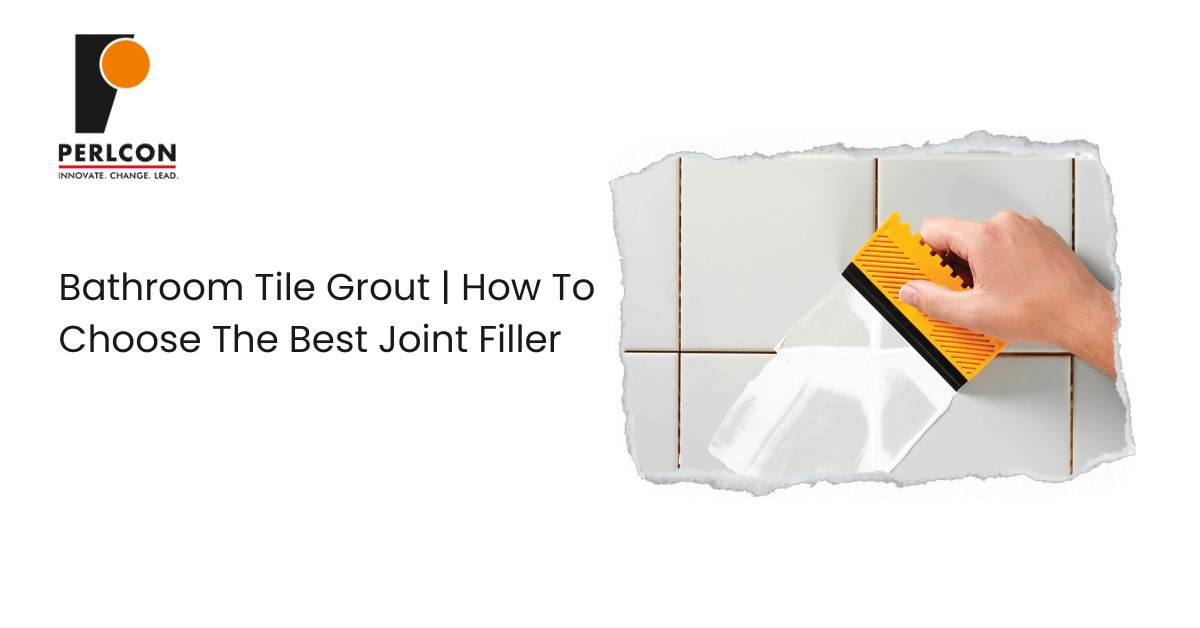When you’re working on designing or updating your bathroom space, deciding on the tiles to use is the beginning of the project! Don’t forget about the overlooked yet element that ties everything together. The tile joint grout! This unsung hero plays a role in ensuring that your tiles not only look beautiful but also last long and maintain hygiene in your bathroom environment.
Choosing the grout is crucial, as using the wrong one could result in problems such as tile discoloration or moisture issues that could lead to tile breakage down the line. So, how do you go about selecting the filler for your bathroom project?
Step-by-Step Guide to Applying Grout in Bathroom Tiles
1. Understand the Purpose of Tile Joint Grout
Grout serves a purpose beyond its aesthetic appeal. It fills the space between your tiles to block moisture intrusion and securely hold the tiles in position. This is particularly crucial in bathrooms where water exposure is frequent; using a notch tile grout can determine whether your installation will stand the test of time or fall apart quickly.
2. Choose the Right Type of Grout
There are three main types of grouts commonly used in bathrooms:
- Cement-Based Grout: Ideal for use on walls and floors, although it may require sealing to prevent moisture absorption.
- Epoxy Grout: This material is very strong. It can withstand water, making it ideal for areas with high moisture levels, such as showers, although it comes with a slightly higher price tag.
- Furan Grout: Best for industrial areas, rarely used in homes due to its complex application process.
For most residential bathrooms, cement-based or epoxy grout is a suitable option.
Also Read: Types of Tile Joint Fillers and How to Choose One
3. Consider the Joint Width
If your tiles are placed closely (at ⅛ inch or less apart), opt for grout for a seamless finish. Using the grout is a good idea for filling gaps, as it offers a strong hold and aids in preventing cracks over time. Ensure that you choose a grout that matches the size and spacing of your tiles to prevent issues in the future.
4. Pick a Color That Complements Your Tiles
Grout has the versatility to either blend or make a statement with its presence, in a space design scheme by opting for neutral hues such as grey or beige, which are quite, in vogue; however, introducing contrasting colors can bring about a striking and contemporary edge to the overall look and feel of a room or area, always keep in mind that lighter grout tends to reveal stains more visibly.
5. Don’t Ignore Maintenance
Good grout care is essential for high-quality grout that’s not epoxy-based. It helps prevent mold growth and discoloration.
Selecting the right tile grout for your bathroom goes beyond considerations, it’s about expressing your style preferences and ensuring lasting durability for a perfectly finished bathroom look that will stand the test of time!


